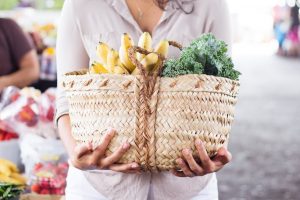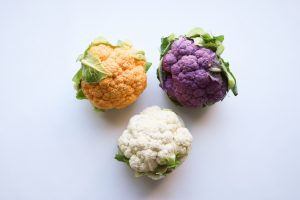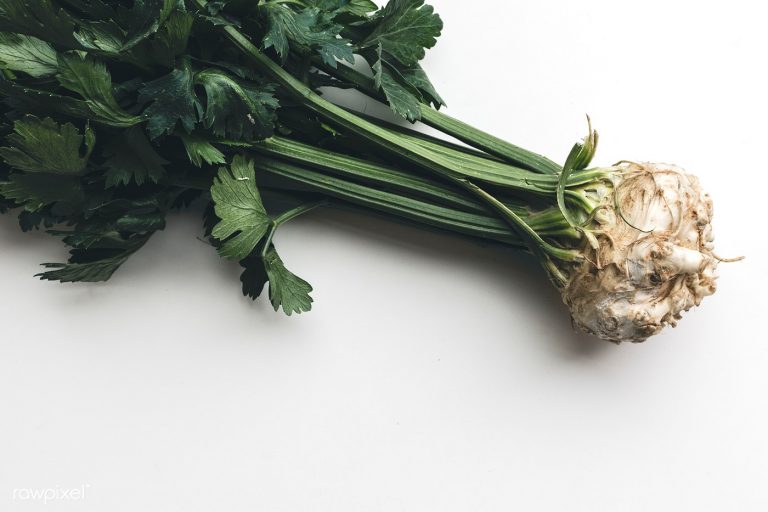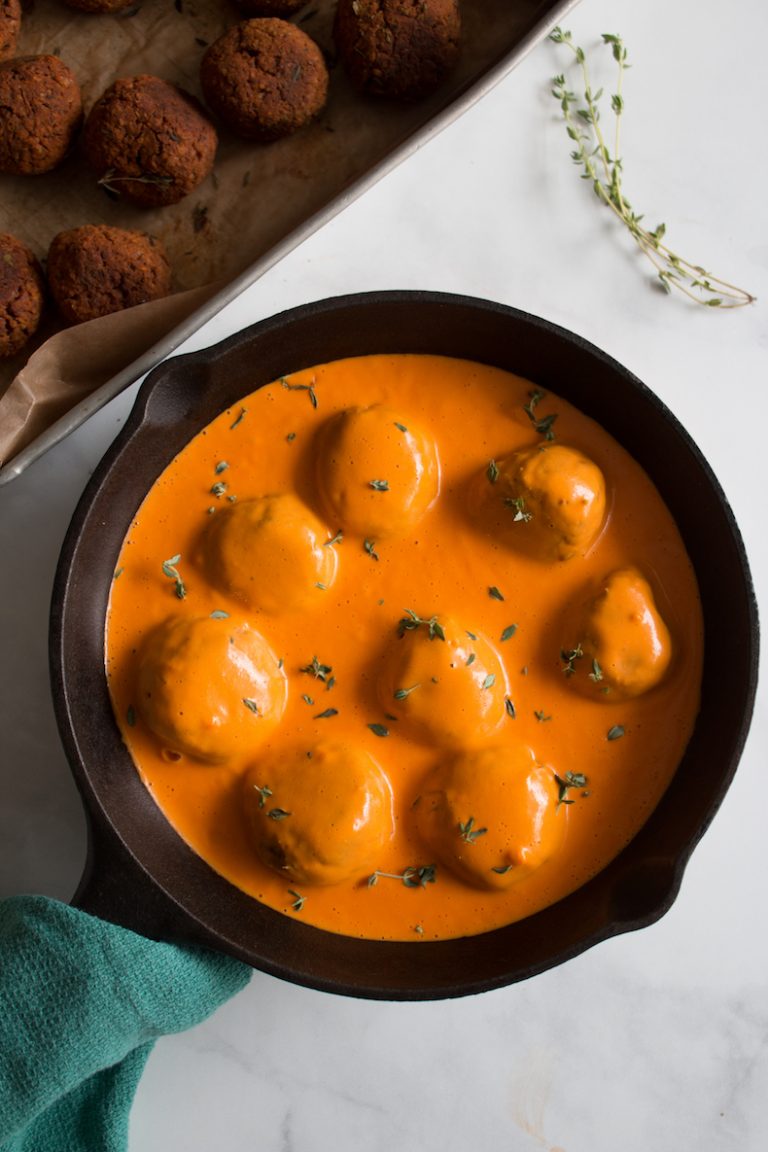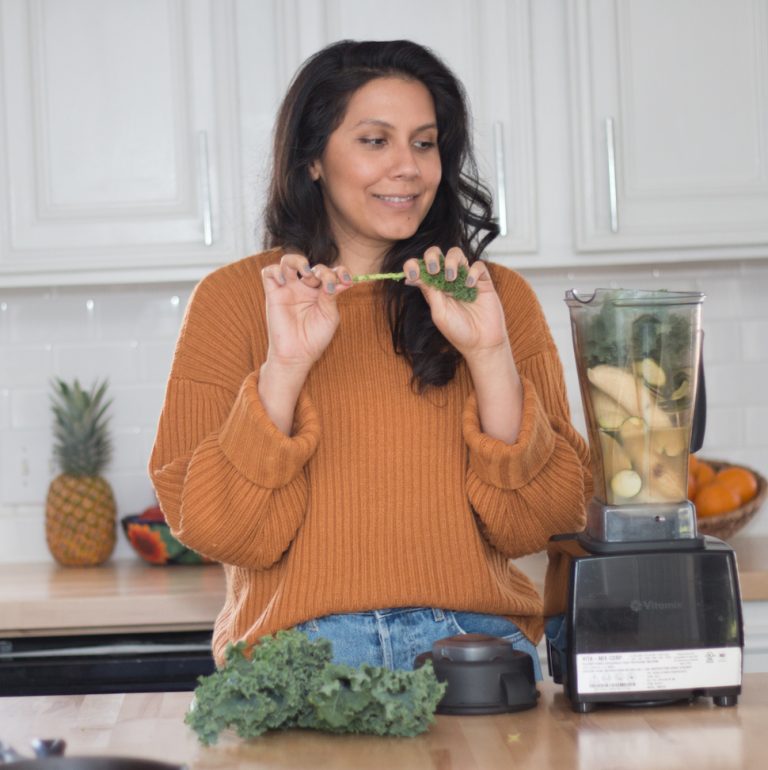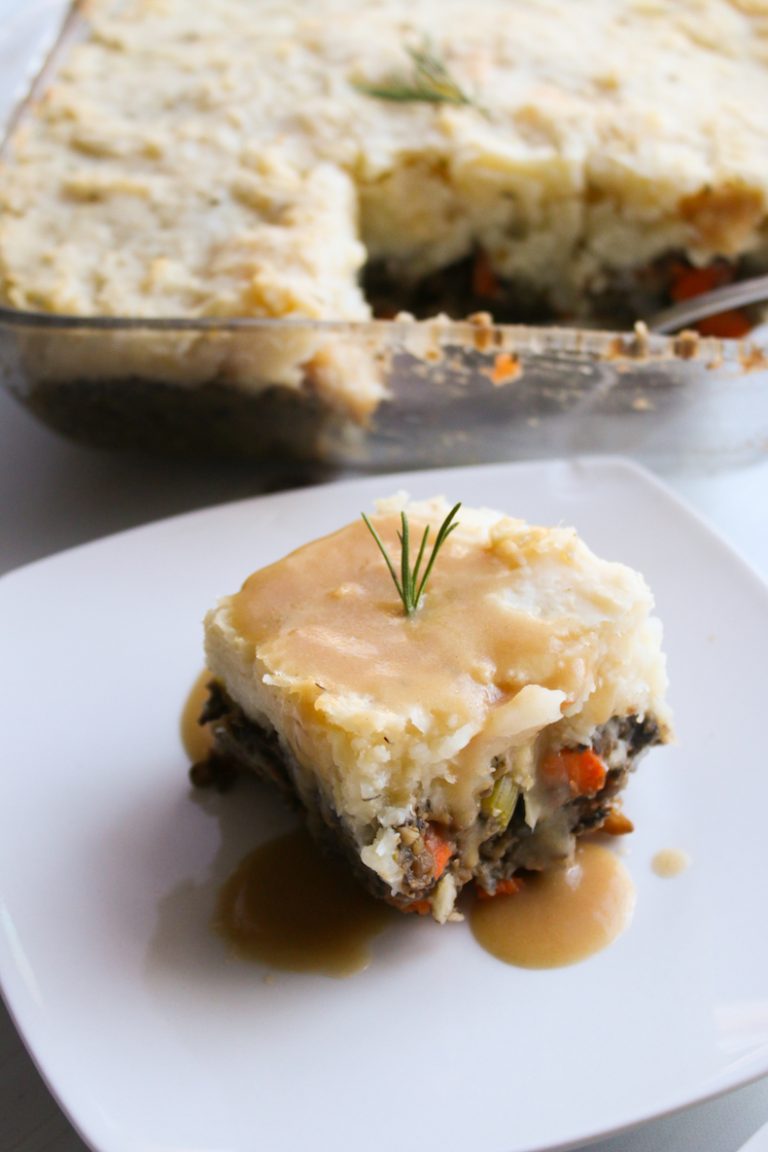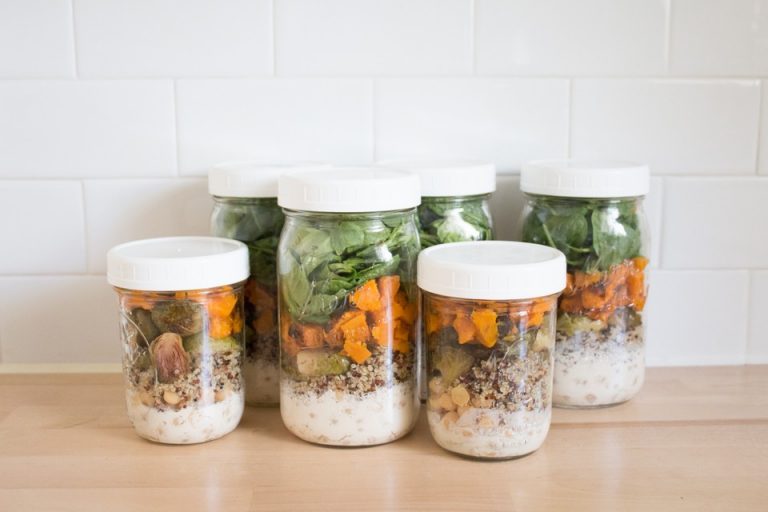My goal is that Live Simply Natural become a resource to help you feel empowered when making lifestyle and food choices. I’m a big believer that eating a well-balanced diet is the best way to optimize your health. So I’m breaking down everything you need to know to unlock the nutritional powerhouse of the most common whole food ingredients. Today I’m sharing one of my summertime favorites – WATERMELON!
Produce Guide: Watermelon

Watermelon season will slightly vary depending on where you are located. They typically grow in warmer climates, so states like Texas, California, and Georgia are some of the top producers. In Texas, the watermelon season is from June to August. If you want fantastic-tasting watermelon, you’ll want to pay attention to when your state’s watermelon season is and how long it lasts. Buying local is always the best option when shopping for produce. There are many varieties of watermelon to choose from and they all vary widely in size, taste, texture, and color. All are great to use in salads, cocktails, sorbets, or as is at your summer cookout.
-
HEALTH BENEFITS
Watermelon is a low-calorie and hydrating fruit that is naturally high in antioxidants. A great source of vitamins and minerals that can help fight inflammation, free radical damage, and prevent a number of serious illnesses. Some of the benefits of watermelon include containing a high amount of lycopene, a powerful antioxidant, meaning it has the ability to fight free radicals in the body that can damage cells. Additionally, the benefits of watermelon include providing vitamin A (beta carotene) and vitamin C, both known for having remarkable antioxidant and anti-aging properties that can ward off diseases.
NUTRIENT BREAKDOWN OF WATERMELON
*raw watermelon, 100g (source)
- Fiber | 0.4 g (2% DV)
- Protein | 0.7 g (1% DV)
- Carbohydrates | 7.5 g (3% DV)
- Vitamin A | 569 IU (11% DV)
- Vitamin C | 8.1 mg (13% DV)
- Magnesium | 10 mg (2% DV)
- Potassium | 112 g (3 % DV)
- Calcium | 7.1 mg (1 % DV)
- Iron | 0.2 mg (1% DV)
-
HOW TO BUY
When shopping for watermelons, you should always look for yellowing. This is the place where the watermelon rested on the ground. The bigger the yellow spot the longer it rested on the field. Check the stem and make sure it’s dry, a stem that still looks fresh often means it was cut off the vine and wasn’t allowed to fully ripen on the vine. Look for dark spots, these are often called sugar spots and are an indication that the watermelon is sweet.
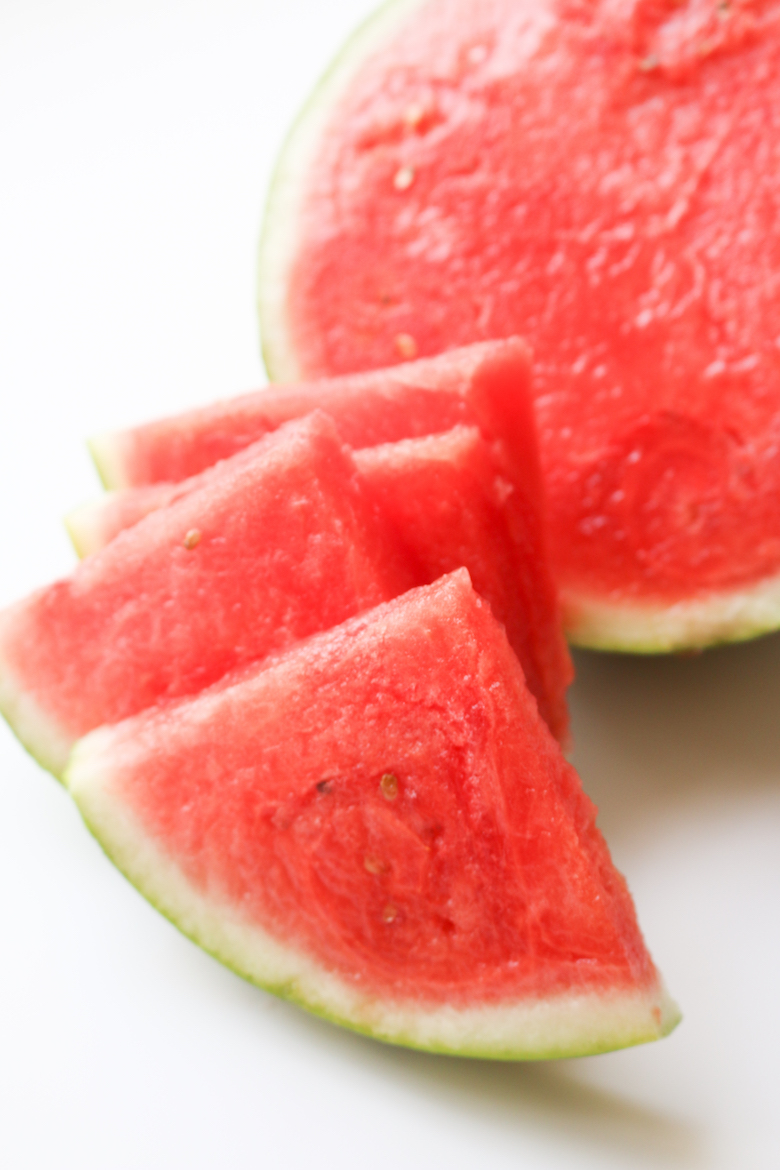
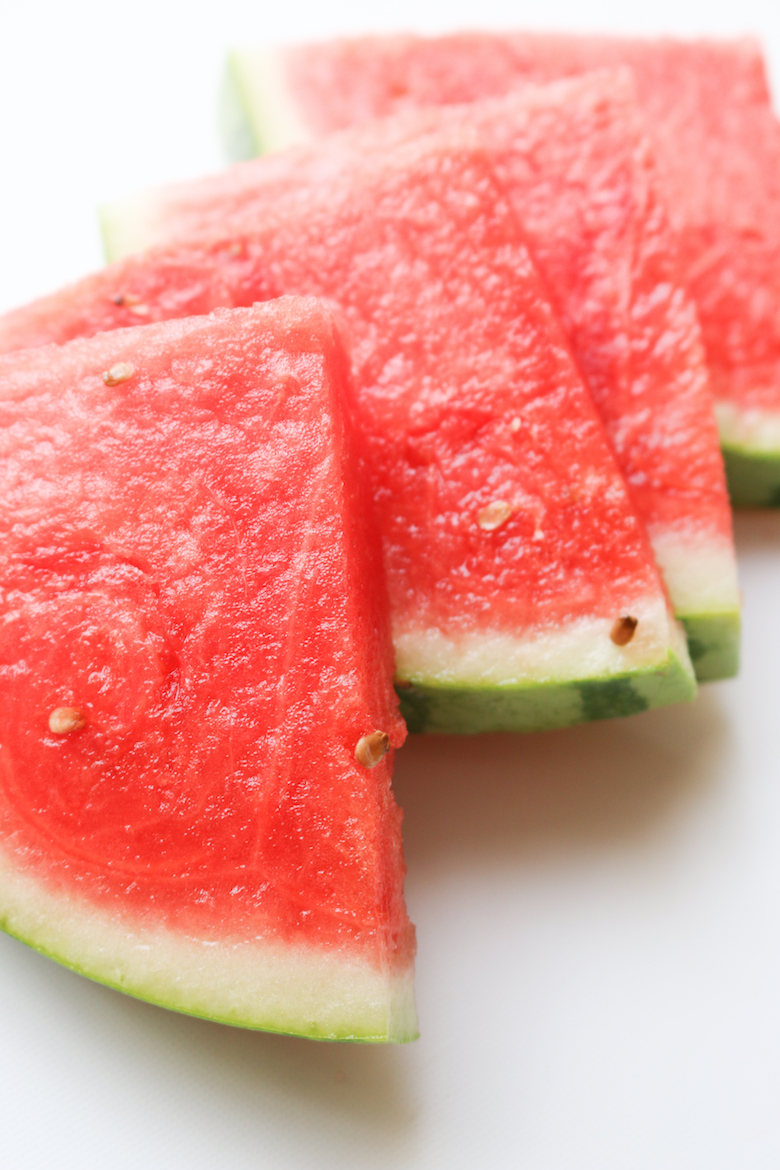
-
HOW TO STORE
When storing your watermelon be sure to store it whole at room temperature for up to 2 weeks. Once cut, the best way to store regardless of the size, is to wrap the cut end with plastic wrap and store it in the refrigerator for up to a week. The role of the plastic is two-fold: It prevents the melon from picking up any odors or flavors from other foods in the fridge, and it keeps the fruit’s flesh moist. When cut in small pieces be sure to store it in an airtight container.
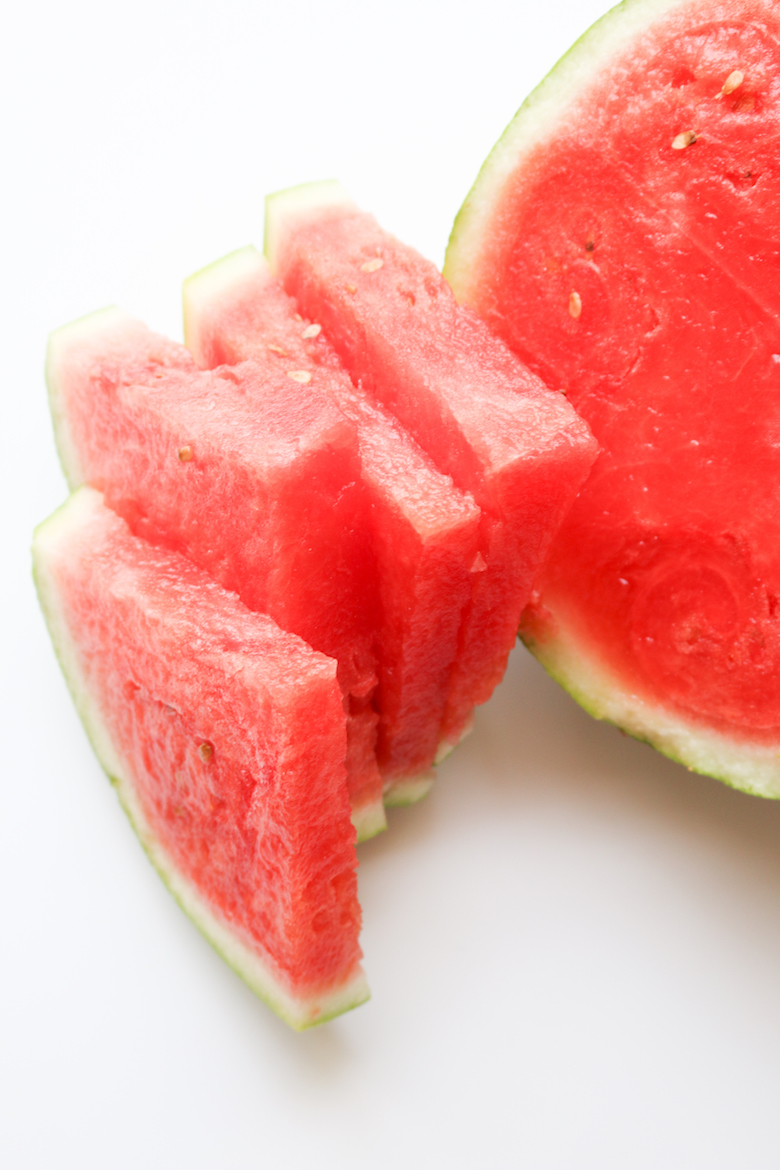
-
HOW TO CUT
When preparing to cut a watermelon make sure you have a large sharp knife and cutting board. Placing a washcloth under the cutting board will help to absorb juice that makes spills when cutting. To cut start with the top and bottom off so it can lay flat on a cutting board. Then run your sharp knife down the sides, taking the rind off. If your watermelon is large it may be easier to cut it in half before cutting the edges. After you cut off all the rind, cut it into the desired number of disks, then cut it up into chunks.
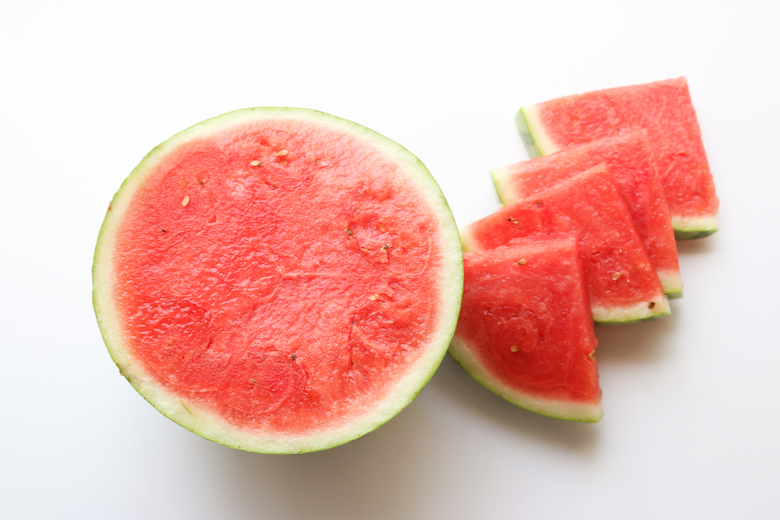
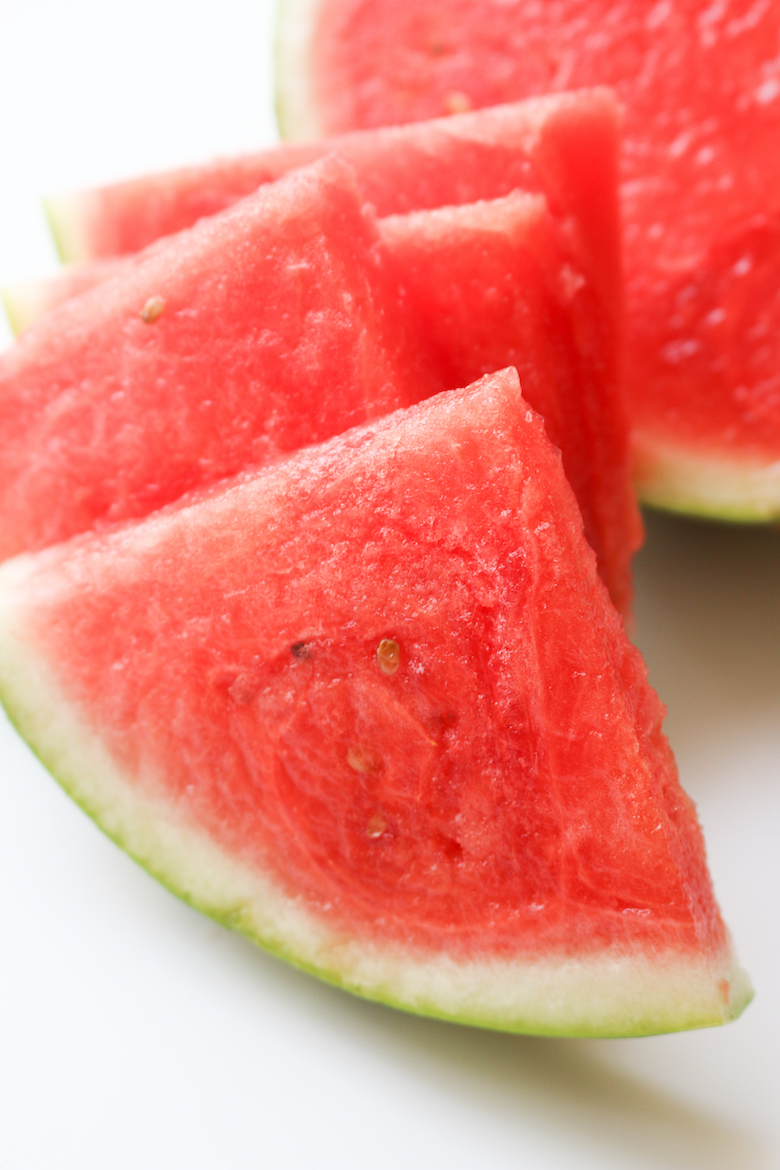
-
WATERMELON RECIPES
Looking for other ways to use watermelon? Check out some of our favorite recipes here!
WHAT’S YOUR FAV?
What ingredient do you guys want to learn more about? And if you have a favorite way to eat watermelon, tag @livesimplynatural or #livesimplynatural so the LSN community can get inspired by your dish too :)
Hugs,


